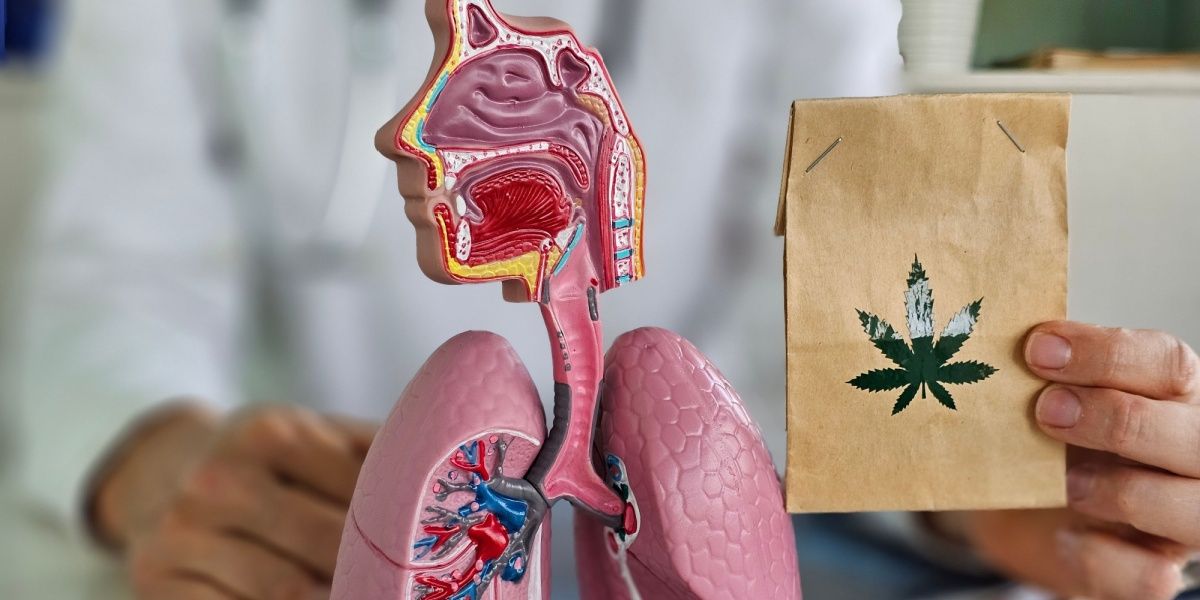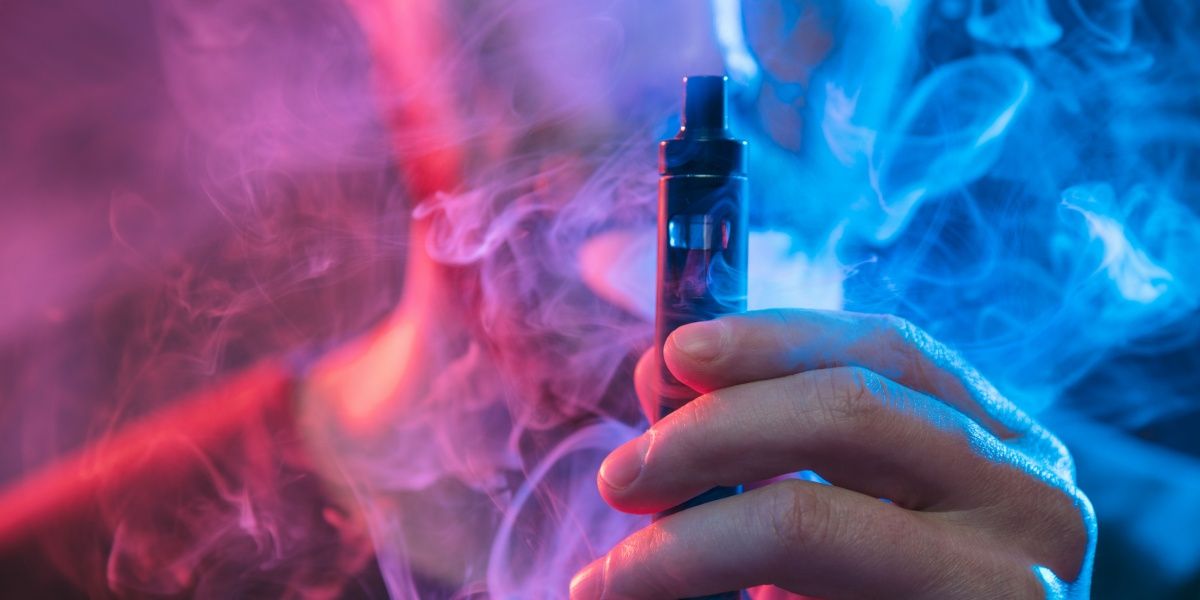Tetrahydrocannabinolic acid (THCa) is one of almost 150 types of cannabinoids found in the cannabis plant. It has gained recent popularity due to its lack of psychoactive effects and potential for therapeutic uses without the intoxicating effects of other cannabinoids, like THC.
When THCa is heated, it undergoes decarboxylation, a process that transforms THCa into THC, activating its psychoactive effects.
THCa vape pens have become a popular means of consumption, but the heating process alters the effects of cannabinoids. Therefore, it is important for individuals who consume these products to understand the potential benefits, risks, and safety considerations associated with vaping THCa.
- THCa vape pens convert THCa into THC through heating, producing psychoactive effects that are similar to traditional cannabis.
- Potential benefits of THCa vape pens include their fast onset of action and a questionably cleaner alternative option to smoking.
- Risks associated with THCa use include potential lung injury (EVALI), chemical exposure, and dependence.
.jpg?v=1742463181)
Understanding THCa vaping
THCa vape pens are devices that are designed to vaporize tetrahydrocannabinolic acid (THCa), a non-psychoactive cannabinoid found in raw cannabis flowers. [1]
Vaporization is the process of converting a liquid into a gas through an increase in temperature. In vape pens, cannabis extracts (typically in the form of oil) are heated to a temperature high enough to release cannabinoids and terpenes as vapor (but below the point of combustion).
This process converts THCa into a vapor that users can inhale, which contains the active compounds of THC, potentially without the harmful byproducts associated with smoking. Research has shown that vaporizing cannabis may reduce exposure to toxicants compared to traditional smoking methods. [2] However, this inhalation is not without risks.
When THCa is heated, it undergoes a chemical reaction known as decarboxylation. During decarboxylation, THCa loses its acidic group and converts into delta-9-tetrahydrocannabinol, the compound responsible for the psychoactive effects of cannabis. [3]
Traditional THC vape pens contain activated THC, whereas THCa vape pens rely on the decarboxylation or heating process that occurs during vaping to convert THCa into THC. This difference may impact how quickly the effects begin and the intensity of effects that users experience.
Other methods of consuming THCa include ingesting raw cannabis or edibles, wearing THCa patches, or using tinctures that preserve the acidic form of the cannabinoid. These methods are of particular importance for individuals who do not want to experience the psychoactive effects of THC that occur when THCa is vaped. Vaping also provides a much faster onset of action compared to other consumption methods.
THCa vape effects: How it makes you feel
Vaping THCa means it will be converted into THC, the active psychoactive substance in cannabis. Users can expect the typical effects of THC when vaping THCa. These effects may include:
- Euphoria or happiness
- Relaxation
- Altered sensory perception
- Impaired thinking, memory, and/or body movement
- Anxiety or paranoia[4]
The onset of effects of vaping THCa is typically rapid. This is because it is quickly absorbed directly into the bloodstream through the lungs. By bypassing the liver and gastrointestinal tract, vaping allows for almost immediate effects that are usually felt within minutes.[5]
The effects can last from one to three hours, depending on factors such as dosage, individual tolerance, and metabolism. [5]
Potential benefits of THCa vape pens
THCa vape pens have two main benefits: faster onset of effects and a potentially cleaner consumption method.
Because vaping is absorbed rapidly into the bloodstream directly from the lungs, it provides nearly instantaneous effects. This is a potential benefit for individuals who are looking for immediate relief, which may be especially crucial for individuals using it for chronic pain or chemotherapy-associated nausea.
Some evidence suggests that vaporizing cannabis may reduce exposure to harmful combustion-related toxins (like the cancer-causing chemicals of aromatic hydrocarbons, benzene, and toluene) and reduce exposure to carbon monoxide.[6]
This may lower the risks of respiratory hazards compared to smoking traditional THC products. However, inhaling THC still involves respiratory risks, which may be severe and even life-threatening. Discuss this risk comparison with a trusted healthcare provider.
Health risks and safety concerns
While THCA is being studied for potential health benefits, it does not come without its share of risks.
Lung health
In 2019, a nationwide outbreak of a severe lung illness linked to e-cigarette and vape use emerged, known as E-cigarette or Vaping Product Use-Associated Lung Injury (EVALI). This outbreak led to over 2,800 hospitalizations and 68 deaths. While EVALI was primarily associated with cannabis vape products containing vitamin E acetate, research suggests that acute lung injuries related to cannabis inhalation were reported even before 2019. Some studies indicate that other cannabis components or additives—beyond vitamin E acetate—could also contribute to lung damage.[7][8] Therefore, vaping THC, THCA, or other derivatives carries inherent, potentially severe risks.
This platform does not provide medical advice and does not recommend participating in potentially dangerous substance use.
Chemical exposure
Unregulated and potentially harmful synthetic THC isomers in some vaping products can increase the risk of chemical exposure. According to research, certain vape liquids contain semi-synthetic cannabinoids and byproducts from chemical conversion processes, which may have unknown toxicological effects when inhaled.[7]
Many THCA vape pens contain hemp-derived cannabinoids, and while THCA itself is a naturally occurring compound, some manufacturers chemically modify cannabinoids to increase potency or evade legal restrictions. This process can create THC isomers (like Delta-10 THC or other altered forms of THC) that may not have undergone rigorous safety testing.[9]
Research has also found vaping can produce thermal degradation byproducts, meaning that when cannabinoids or thinning agents (like propylene glycol or vitamin E acetate) are heated, they can generate potentially harmful compounds that might pose respiratory risks.[10]
Dependency
For individuals with a history of substance use disorders, frequent use of THC-containing products can lead to tolerance, psychological dependence, and potential relapse. When vaped, THCA transforms into THC, putting individuals recovering from cannabis use disorder at risk of relapse. If you're in recovery, it's best to avoid THCA vaping products to prevent potential setbacks in your progress. [11]
Legal considerations
The legal status of THCa vape pens varies by state. The 2018 Farm Bill legalized industrial hemp products containing no more than 0.3% THC, effectively removing them from the Controlled Substances Act.[12]
However, because vaping THCa converts it to THC, the resulting product may be considered a controlled substance in some jurisdictions. It's essential to consult local laws before purchasing or using THCa vape products.
How to use THCa vape pens more safely
While vaping THCa always carries risks, some strategies may help to improve its safety
- Purchase from reputable sources: Ensure products are sourced from trusted manufacturers to reduce the risk of harmful additives.
- Check for third-party lab testing: Verify that products have been tested for purity and contaminants.
- Start with a low dose: Begin with small amounts to assess individual tolerance.
- Monitor for adverse reactions: Be vigilant for symptoms like coughing, shortness of breath, or chest pain, and seek medical attention if necessary.

-person-thumbnail.jpg?v=1758880627)


